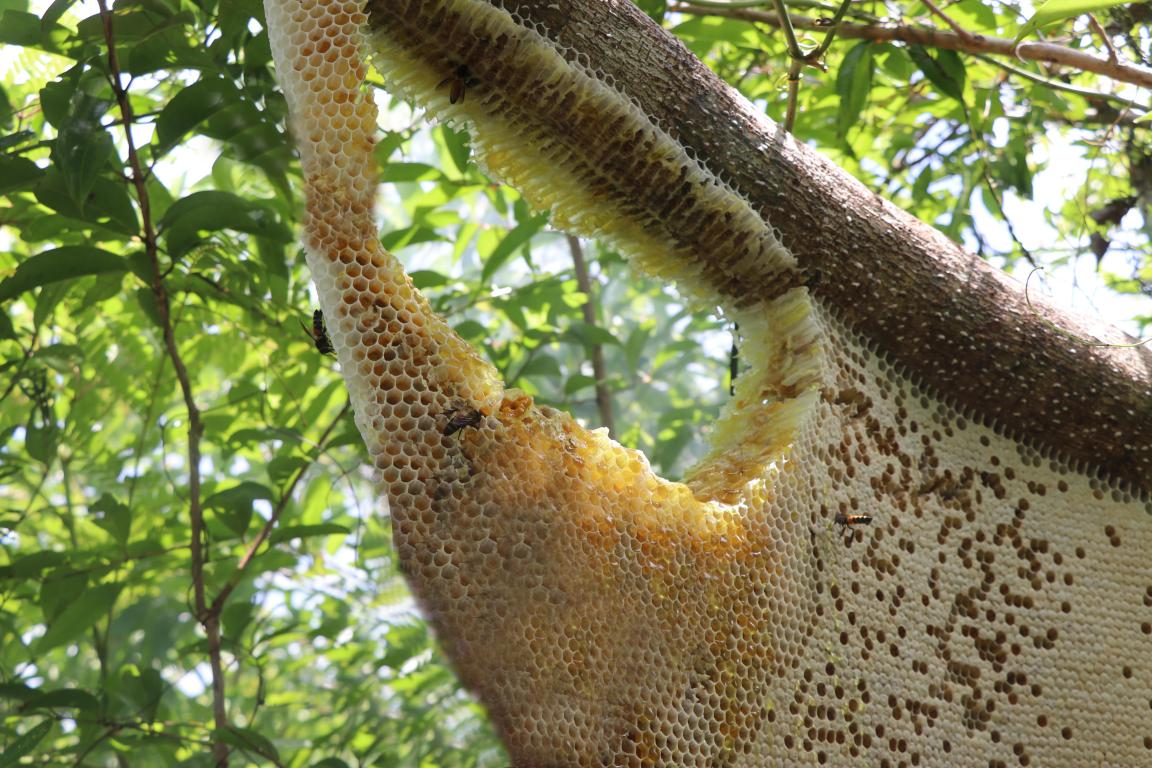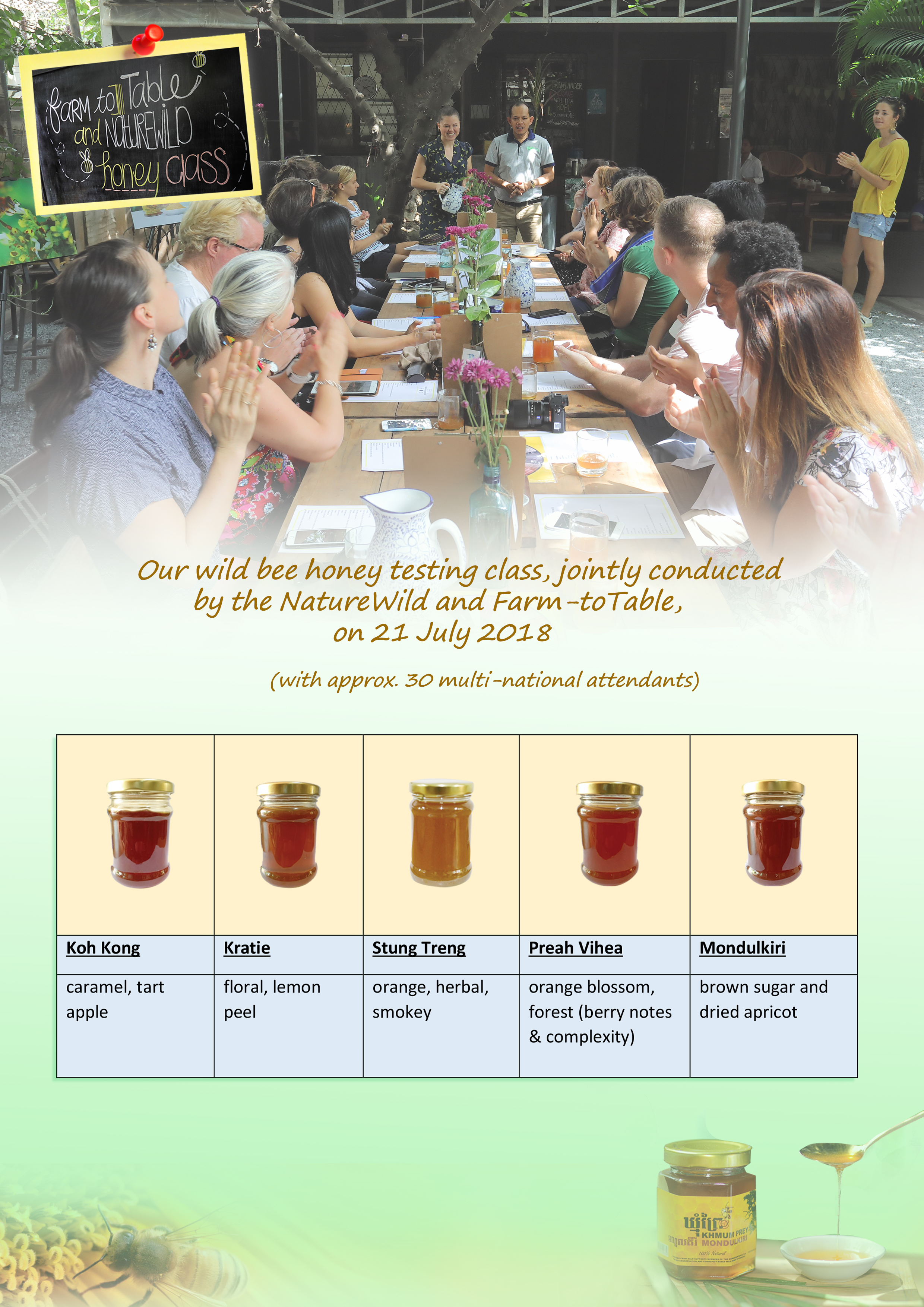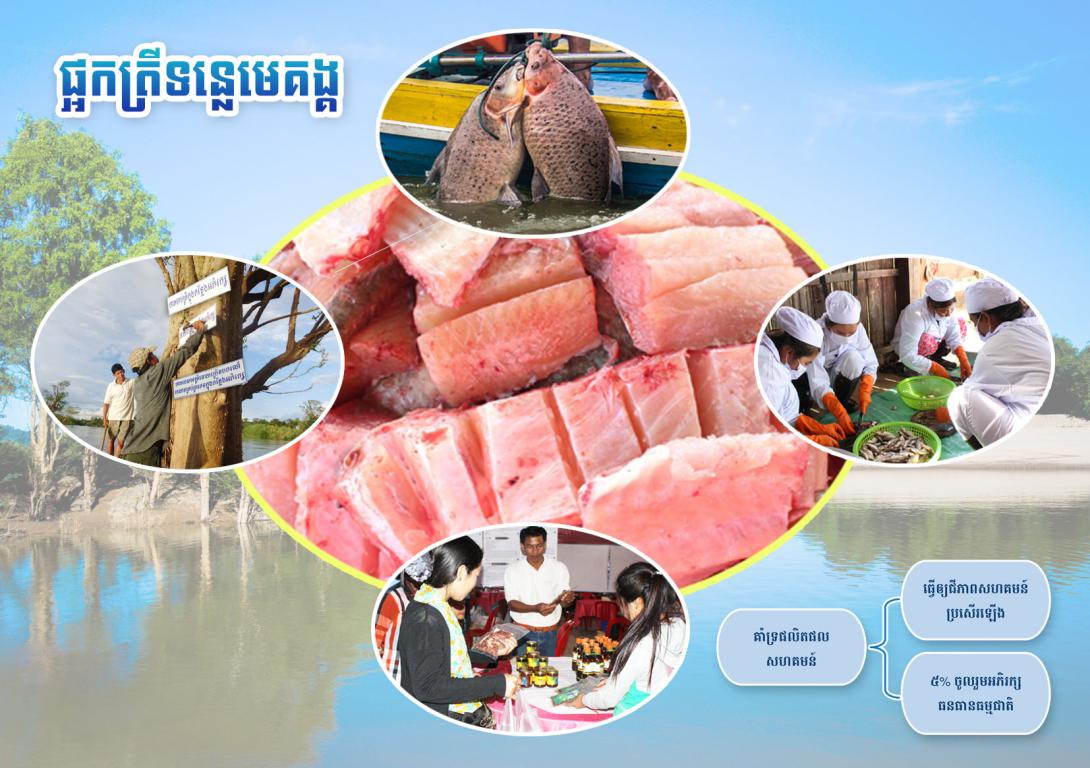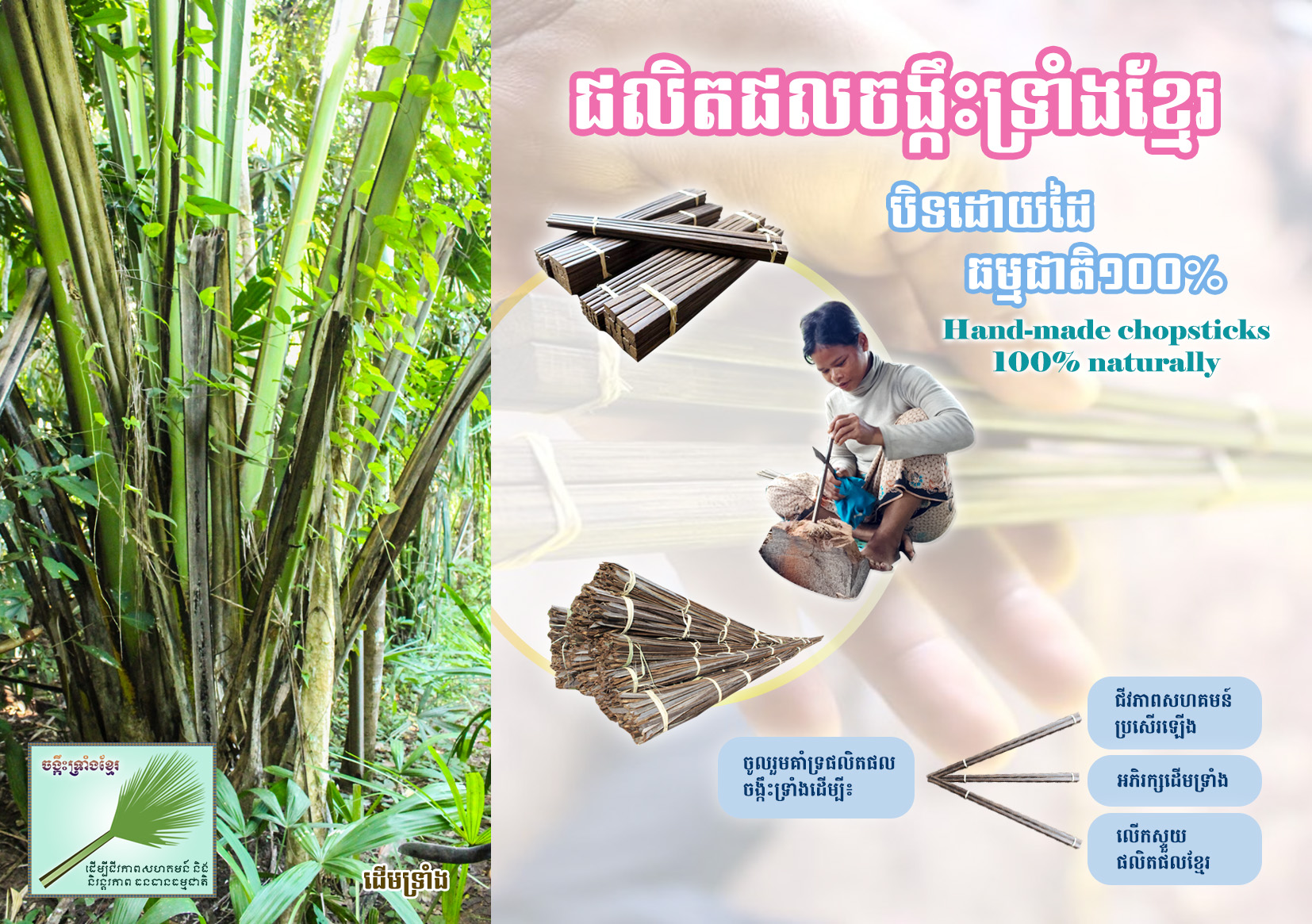 Wild honey collection is an old tradition the forest dependent communities in Cambodia, especially the indigenous people. Traditionally, harvesting honey is used for home remedies and household consumption. Commercial exploitation has led to unsustainable harvesting methods and in many cases, dishonest practices (eg. selling adulterated honey), which has contributed to a generally skeptical local market about forest honey in Cambodia. Quality and building consumer confidence are a must in order to enter the market. Wild honey collection as a livelihood is under threat because the honeybees themselves are under threat due to the loss and/or declining quality of the forest, and hence affecting bees’ habitat and main sources of food. Also, climate changes such as increased rainfall or drought affect the health and productivity of honeybees.
Wild honey collection is an old tradition the forest dependent communities in Cambodia, especially the indigenous people. Traditionally, harvesting honey is used for home remedies and household consumption. Commercial exploitation has led to unsustainable harvesting methods and in many cases, dishonest practices (eg. selling adulterated honey), which has contributed to a generally skeptical local market about forest honey in Cambodia. Quality and building consumer confidence are a must in order to enter the market. Wild honey collection as a livelihood is under threat because the honeybees themselves are under threat due to the loss and/or declining quality of the forest, and hence affecting bees’ habitat and main sources of food. Also, climate changes such as increased rainfall or drought affect the health and productivity of honeybees.
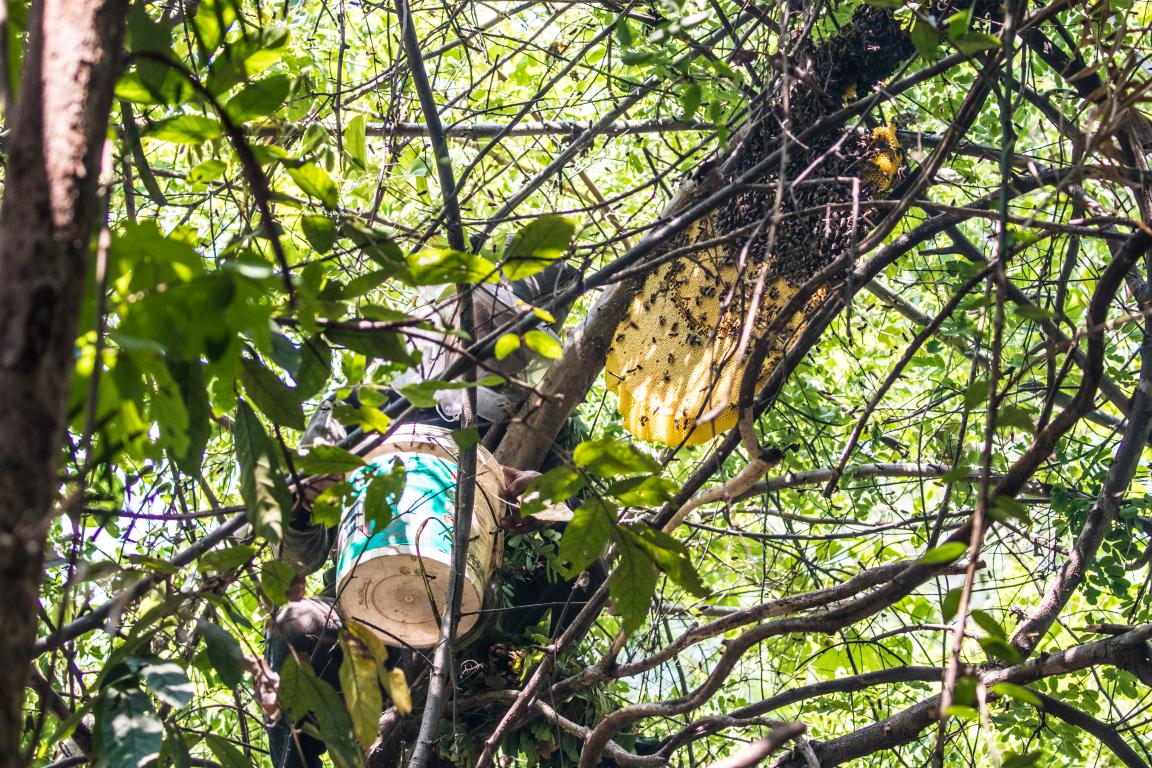
There are many development agencies working on wildlife and forest conservation but none of them focus on honey harvesting method. The Cambodia Federation for Bee Conservation and Community based Wild Honey Enterprise (CBHE) is the first national wild honey network founded on 24 June 2010 within 16 honey groups comprising of 780 honey harvesters from different six provinces across the country such as Mundulkiri, Preah Vihear, Kratie, Ratanakiri, Strung Treng and Koh Kong provinces. The network aims at improving community livelihoods through the sustainable community-based enterprise development and forest management, following by its mission, increasing the dissemination of wild honey product quality assurance by implementing the honey sustainable harvesting protocol and promoting the quality of wild honey products to market.
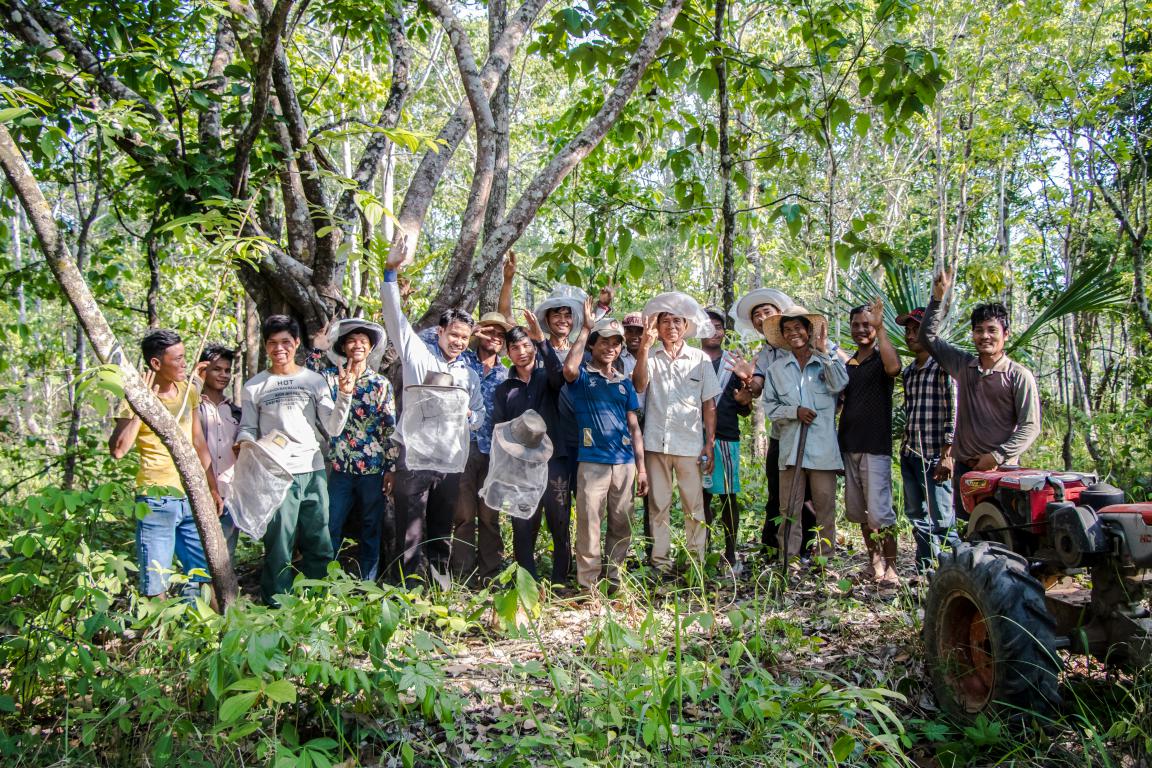
Under the Partners for Forestry and Fisheries (PaFF) programme facilitated by Non-Timer Forest Products-Exchange Programme Cambodia (NTFP-EP Cambodia) supported CBHE in establishing the honey network, technical capacity development and market link to ensure that CBHE committees have capacity to manage and operate the network in order to secure the market for its members’ product. The honey harvesting protocol and standard developed out of existing traditional knowledge and expertise in honey hunting and value addition in Cambodia from other community experience in other countries which consolidated good practices among communities that have been sharing through the exchanges, capacity building activities and learning from the resource people. The protocol was introduced and disseminated to harvesters across the country through honey community network. Another interest is high quality wild honey product and strong reputation brand called “KHMUM PREY or WILD HONEY” which is the collective mark, represent a quality of wild product and forest conservation that contributed to sustainable consumption and production and sustainable development goal.
After spending several years to improve technical capacity on harvesting, processing of honey processing, the semi-finished honey product has a better quality and productivities. The honey harvester replicated the knowledge and experiences across the honey communities. Mr. Teng Rorn, honey harvester in Veal Konsaeng community, Kratie province said, “I have been implementing the sustainable honey harvesting protocol and disseminating through honey network to ensure high quality of wild honey to offer to our customers”.
Currently CBHE distributed wild honey broadly to different market channels in Phnom Penh, Siem Reap and Sihanouk Ville with reasonable and profitable price. This will secure the wild honey market demand for communities and households have better living conditions. Mr. Y Chandara, chairman of CBHE said, “after our honey quality improved with high market demand, now I received USD 3 higher per kilogram compared to lower quality one. It increased opportunity for me to support the study of my children and encouraged me to fully participate in the forest conservation by sharing 5% amount (USD 25 per season) of sale income for patrolling activities in the community. As a group, we have seen higher income in 2015 but have declined in 2016 due to the harvesting volume is decreased which would be caused by climate change and other factors”.Chandara added, “Wild honey become famous and high market demand while the productivity decreases and it is a big concern for communities that largely depended on the wild honey collection. To reduce the risk, CBHE is seeking to partnership with development agency/ NGOs working in the natural resource conservation to provide both technical and financial support on patrolling, dissemination best practice of harvesting protocol and research and development on wild bee. Lastly, I wish to see customers to continue to support and purchase more wild honey rather than purchase the import products”.

